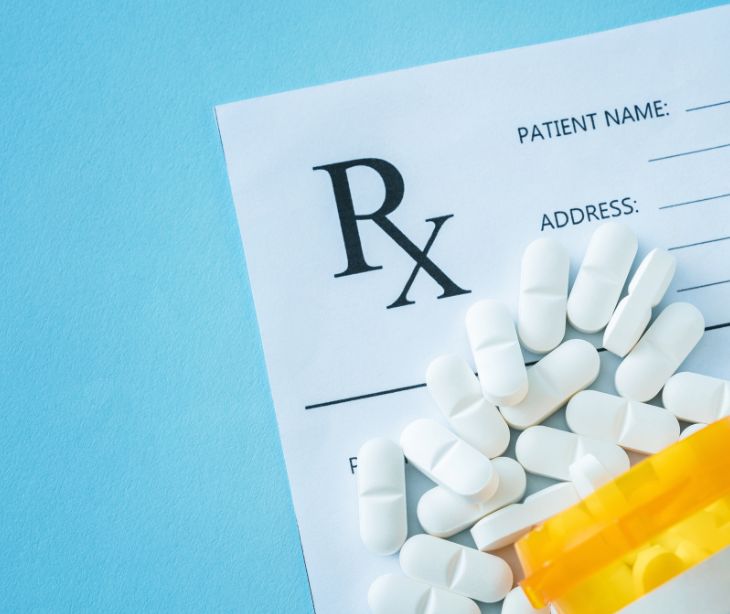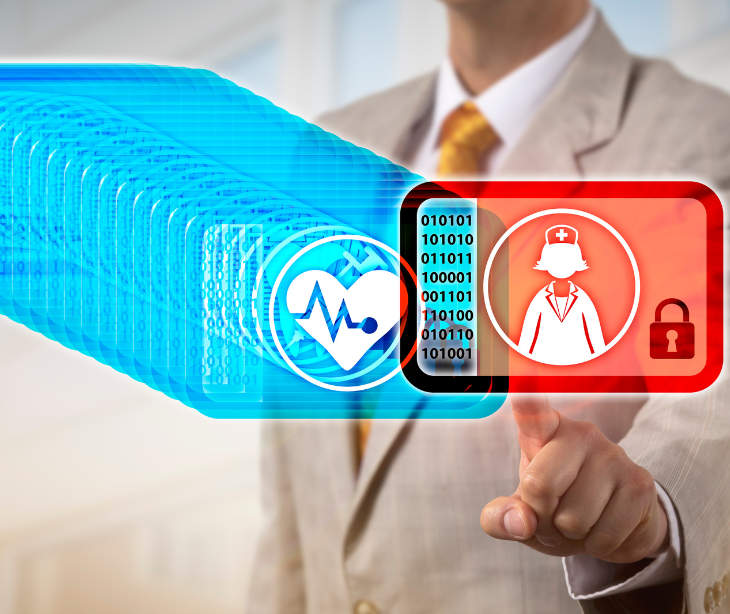3 min read
The physical safeguards for mental health practice HIPAA compliance
Liyanda Tembani
July 05, 2023

The HIPAA privacy rule requires that covered entities implement administrative, technical, and physical safeguards to maintain the privacy and security of protected health information (PHI). Mental healthcare centers can implement these measures to ensure HIPAA compliance.
Physical safeguards are physical measures, policies, and procedures designed to protect electronic and paper-based PHI from unauthorized access, theft, or damage. These safeguards ensure that mental health practices can prevent HIPAA violations.
Related: What is protected health information (PHI)?
Physical safeguards for mental health practices
1. Secure facility
Ensuring that the mental health practice itself is secure involves:
- Implementing locks on doors and windows
- Installing security systems
- Controlling access to sensitive areas where PHI is stored.
By maintaining a secure facility, therapists can limit physical access to patient information and protect against unauthorized entry. To enhance facility security, consider installing surveillance cameras and alarm systems.
2. Access controls
Therapists should implement access controls to ensure only authorized personnel can enter spaces where PHI is stored. Use key cards, biometric systems, or locked cabinets to restrict entry and prevent unauthorized individuals from accessing PHI.
Additionally, consider implementing a role-based access control (RBAC) system, which assigns access privileges based on the roles and responsibilities of each staff member. This ensures that employees only have access to the PHI necessary for their job functions, reducing the risk of unauthorized data exposure.
3. Workstation security
Mental health professionals must ensure that workstations are secured by locking devices when unattended and implementing automatic screen locking after a period of inactivity. These measures help prevent unauthorized individuals from viewing PHI displayed on computer screens.
Consider implementing additional measures such as session timeouts, requiring strong passwords, and using two-factor authentication for accessing workstations. Train staff on workstation security protocols and the importance of logging off when stepping away from their computers.
4. Physical document storage
Practices must limit access exclusively to authorized personnel and implement policies for disposing of sensitive documents. Therapists can minimize the risk of unauthorized access to patient information by securely storing and disposing of physical records.
Consider implementing a records management system that tracks the movement of physical files and maintains a record of who accessed them and when. This helps to monitor access and detect any unauthorized attempts to view or tamper with patient records.
5. Media controls
Encrypt electronic media containing PHI to ensure the confidentiality and integrity of the data. Implement password protection and secure storage for portable hard drives to safeguard patient information from unauthorized access or loss.
In addition to encryption, consider implementing digital rights management (DRM) solutions that control access and usage of digital media. DRM can restrict the copying, printing, or forwarding of digital files, further protecting sensitive information from unauthorized distribution.
6. Visitor controls
Implement procedures to monitor and control visitors to the practice to maintain the security of PHI. Sign-in procedures, visitor badges, and escorting protocols can prevent unauthorized individuals from accessing sensitive areas. By enforcing visitor controls, therapists can minimize the risk of PHI breaches and protect patient privacy.
Visitor access logs can keep track of individuals entering the premises. This log can include details such as visitor names, the purpose of their visit, and the person responsible for escorting them. Review the logs regularly to identify any suspicious or unauthorized entries.
7. Disaster preparedness
Develop and implement plans for fire safety, data backup, and contingency plans to ensure patient information remains secure during natural disasters or emergencies. Regularly test and update disaster recovery plans to address any potential vulnerabilities. Conduct drills and simulations to ensure staff members are familiar with their roles and responsibilities during emergencies. Back up PHI regularly and store backups in secure off-site locations or use cloud-based backup solutions to help with preparing for unforeseen events.
8. Physical security policies
Develop comprehensive policies that address physical safeguards, including employee training on these policies and regular review and assessment of physical security measures. Ensuring that staff members know the importance of physical security and are well-trained to implement the necessary safeguards can help mental health practices better protect patient information.
9. Tailoring safeguards to mental health practices
There are specific additional measures that mental health practices should consider to protect patient privacy effectively:
- Confidentiality signage: Display signs in waiting areas, consultation rooms, and other relevant areas to remind individuals about the importance of confidentiality and the protection of PHI. These reminders help maintain awareness among staff and patients alike.
- Soundproofing measures: Implement soundproofing techniques in consultation rooms to prevent accidental disclosure of sensitive information to individuals in nearby areas. Sound-masking devices, adequate space between seating areas, and sound-absorbing materials can help maintain privacy during sessions.
- Disposal of sensitive materials: Establish policies and procedures for disposing of physical documents. Shredding or secure off-site disposal services should be used to prevent unauthorized access to PHI during the disposal process.
- Secure messaging systems: Use HIPAA compliant email services and secure communication platforms when sharing sensitive information with patients or other healthcare professionals.
Subscribe to Paubox Weekly
Every Friday we'll bring you the most important news from Paubox. Our aim is to make you smarter, faster.



